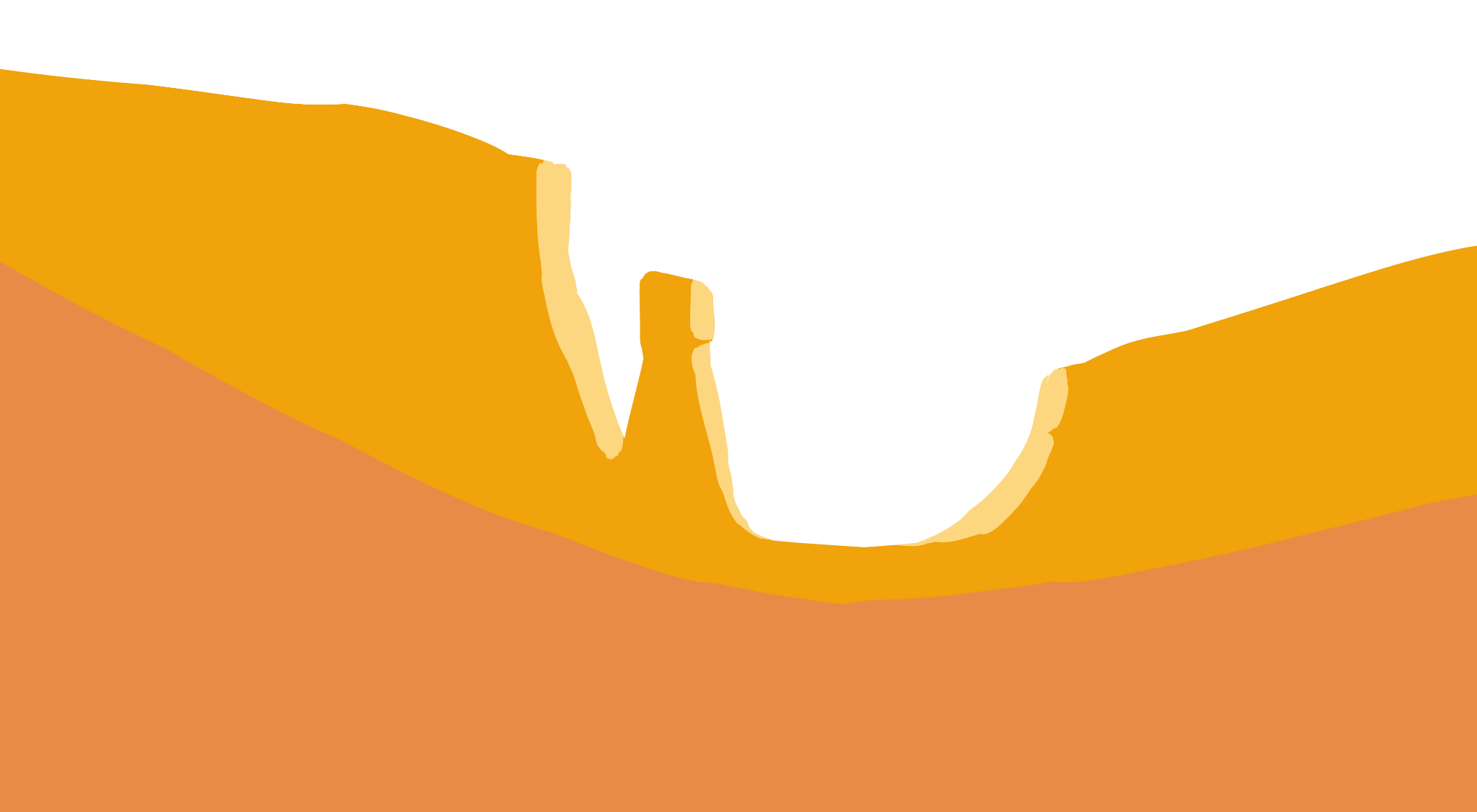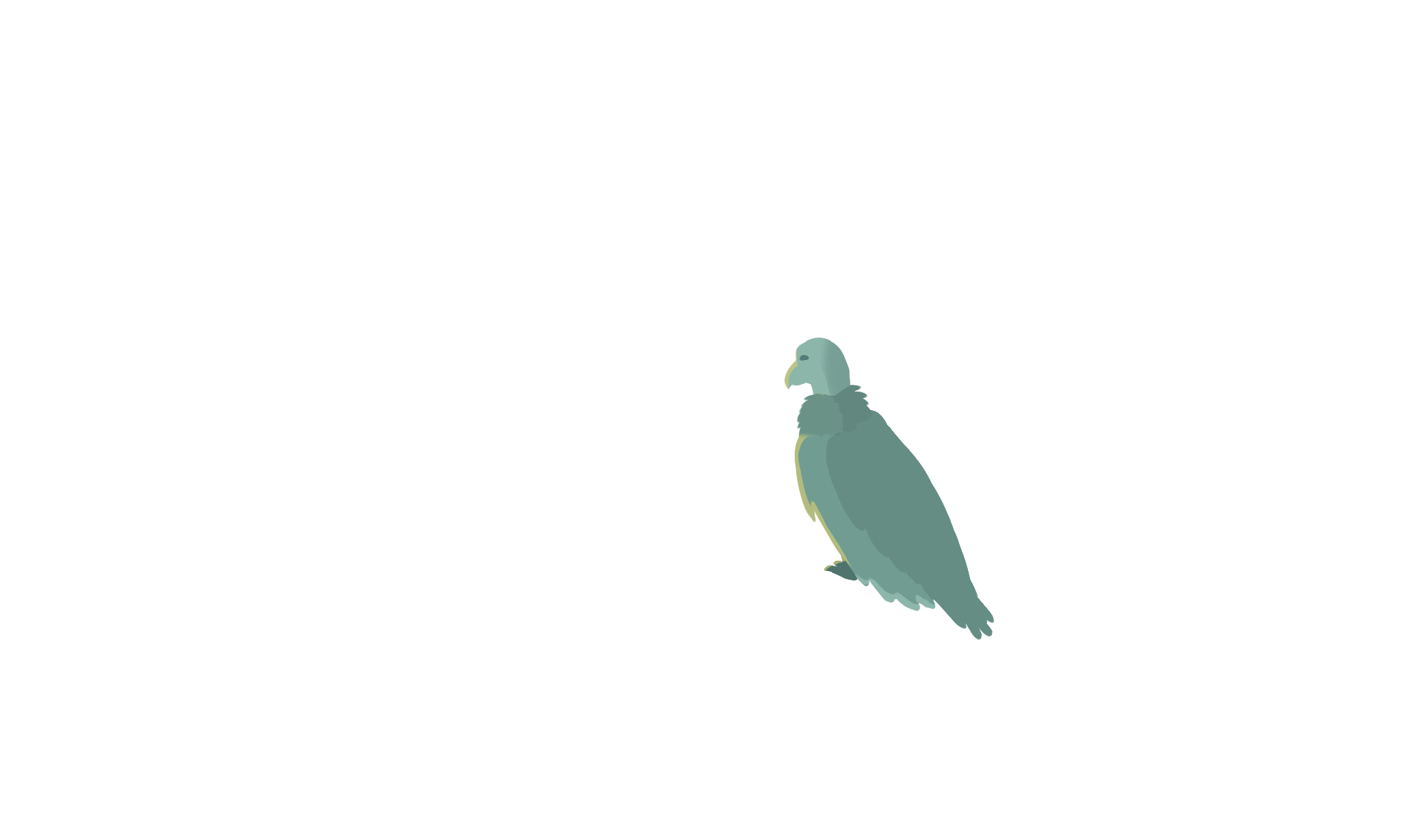






Can you see the condor?
There once were twenty-two.
Now there’s twenty times that,
and all because of zoos.
IUCN, 2018
CE
Critically Endangered
Wild Population
Key Threat
Pollution
With a 10 foot wingspan, the California condor is an enormous vulture, and the largest land bird in North America. They are known to live as long as 60 years, relying on carrion (the remains of dead animals) for their food. While scavenging for scraps means that these birds play an important clean-up role in the ecosystem, it is also the very thing that nearly wiped them out.
The major threat faced by California condors is that of pollution, particularly from feeding on the remains of animals killed with lead ammunition. The condors' numbers have been further impacted by poisoning from the pesticide DDT and the consumption of litter, as well as from poaching. The species' population reached such a bad state that by 1987, all wild birds were captured and taken into San Diego Zoo and Safari Park in a last-ditch effort to save the species. There were only 22 of them, and for the next five years, not a single California condor remained in the wild. However, in that time the condors had been successfully bred in captivity, with the first egg hatching in 1988.
Zoo-born condors have been returned to the wild since 1992, with as many as 50 being released every year. More than 10 chicks are hatching each year and the wild population is now approaching 300, with a further 180 remaining in captivity. While the story of the California condor is a great success, not every species is as lucky. In many conservation stories like this, captive-breeding in zoos has been treated as a last resort. Success is far more likely if zoos can step in to help before the threat becomes so great. We can all help by showing others the bigger picture and supporting our local zoos.



Range & Habitat
The California condor was once found soaring high over shrublands, woodlands, and deserts of western USA and Mexico. They are closely associated with canyons, cliffs, and caves where they typically choose to nest. Condors have been reintroduced at five release sites, and can now be found in northern Arizona, southern Utah, central and southern California, and north-western Mexico.
How Can I Help?
You can visit places like the San Diego Zoo to see California condors and support the amazing work of zoos. The U.S. Fish & Wildlife Service, who run the California Condor Recovery Program, also suggest a number of ways to help, including volunteering and reducing pollution. Click on the button below to find out more!
